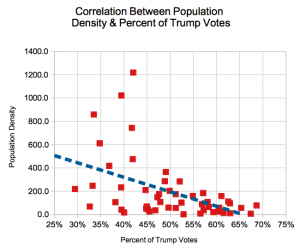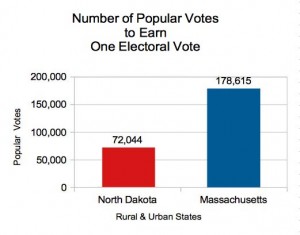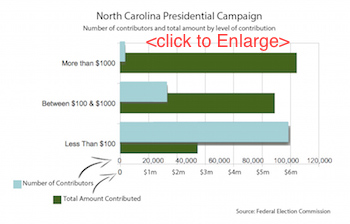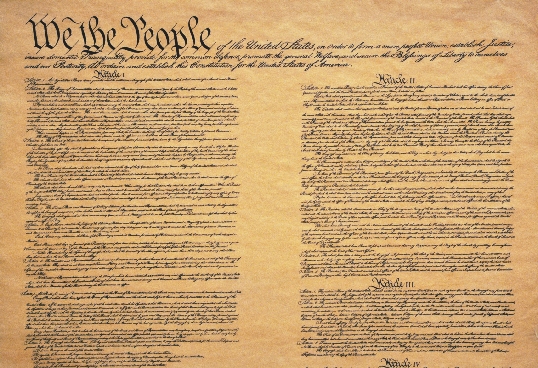The newly elected Chairman of the Democratic National Committee made headlines Sunday by saying to a gathering in New Jersey that Republicans “don’t give a s**t about people.”
Political discorse in American is not designed to convince people to buy your plan. It’s designed to make you hate the people who haven’t bought it. And it works. People are not so motivated to go to the polls for an ideal that they think should be happening anyway. They will, however, proudly march there in self-defense. Perhaps we can’t do any better.
But what lights the gasoline is when we start diverting money for the sake of hate mongering. Also in the news on Sunday was reporting on Trumps submission to negotiations over efforts to avert a partial government shutdown at the end of next month. He proposes cutting $1.2 billion from the National Institutes of Health research grants, $1.5 billion from community development block grants and $500 million from transportation project grants. He’s leaving, however, the $3 billion he asked for previously to start his wall between the U.S. and Mexico.
Considering our everyday lives, divorced from the manipulative rhetoric we watch on TV, what should we care about more, cancer research and safe bridges, or immigrants and refugees, looking for a better life – and who are statistically less of a threat to us than people born here.
Sources: http://thehill.com/node/326876, https://goo.gl/CvlMGi, https://goo.gl/G5JpIz

 I don’t blame our Governor for signing H.B. 242, which repealed our “Bathroom Law.” But it should concern us that the repeal continues to support a major move by our ultraconservative-leaning General Assembly, starting with the Republican takeover in 2010 – that of stealing or attempting to steal political power from the Executive Branch, the state’s regulatory bureaucracy and especially from local governments. Specifically, the repeal prevents the state’s municipalities from establishing their own nondiscrimination ordinances through 2020.
I don’t blame our Governor for signing H.B. 242, which repealed our “Bathroom Law.” But it should concern us that the repeal continues to support a major move by our ultraconservative-leaning General Assembly, starting with the Republican takeover in 2010 – that of stealing or attempting to steal political power from the Executive Branch, the state’s regulatory bureaucracy and especially from local governments. Specifically, the repeal prevents the state’s municipalities from establishing their own nondiscrimination ordinances through 2020.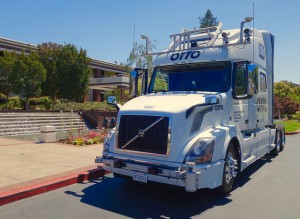 It seems to me that the biggest part of our conversations among educators about how AI may affect us regards our own job security. I’m not worried about that. It won’t make teaching obsolete, in my opinion, in spite of the list below. We’ll just spend less time teaching stuff to our students and more time teaching how to use stuff – essentially, how to use information to solve problems and accomplish goals.
It seems to me that the biggest part of our conversations among educators about how AI may affect us regards our own job security. I’m not worried about that. It won’t make teaching obsolete, in my opinion, in spite of the list below. We’ll just spend less time teaching stuff to our students and more time teaching how to use stuff – essentially, how to use information to solve problems and accomplish goals.
 .
. 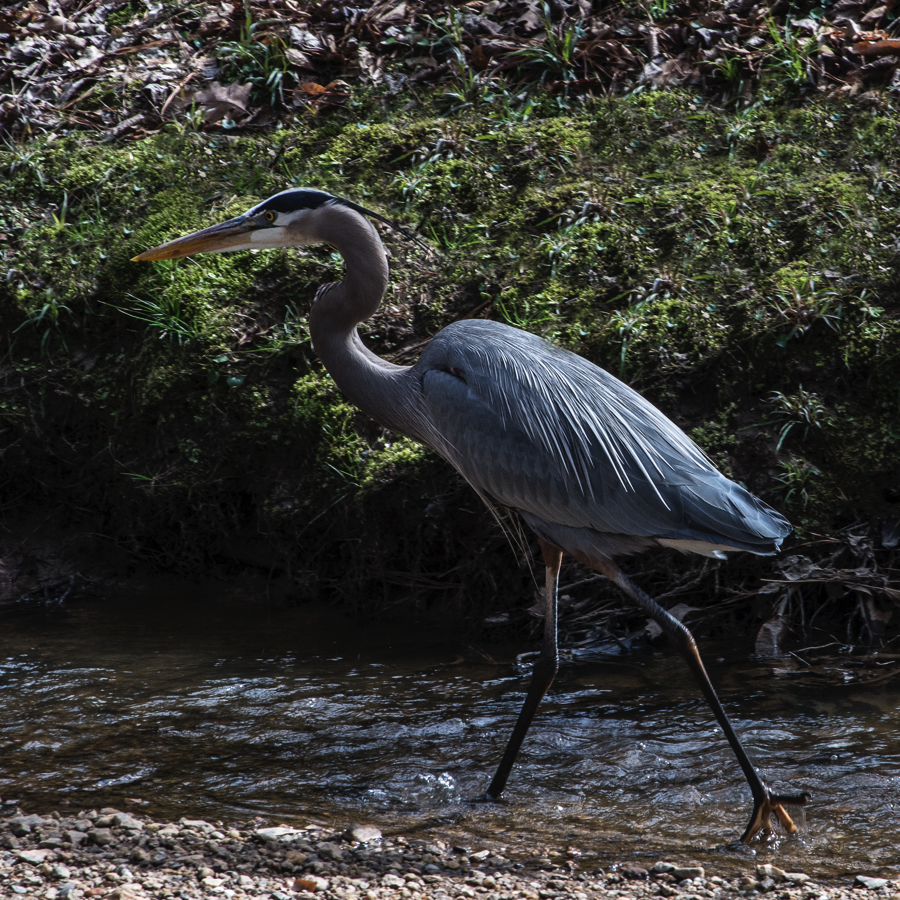
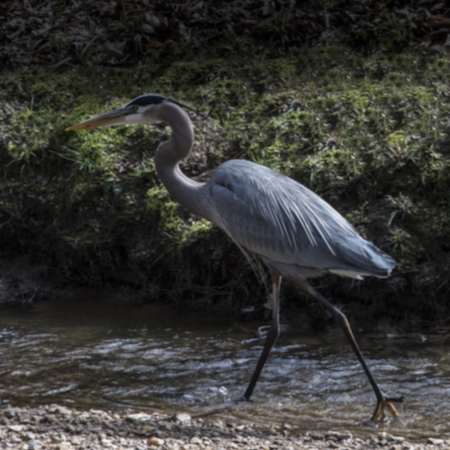
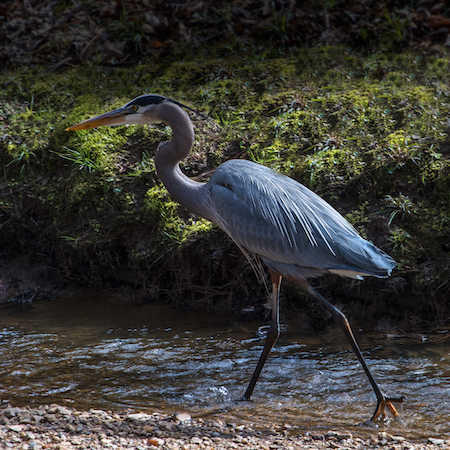

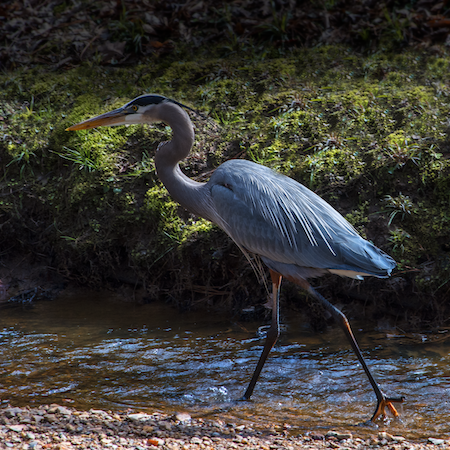
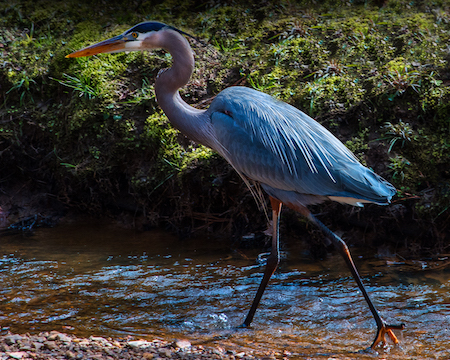
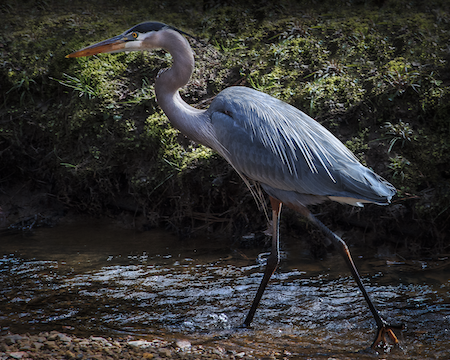


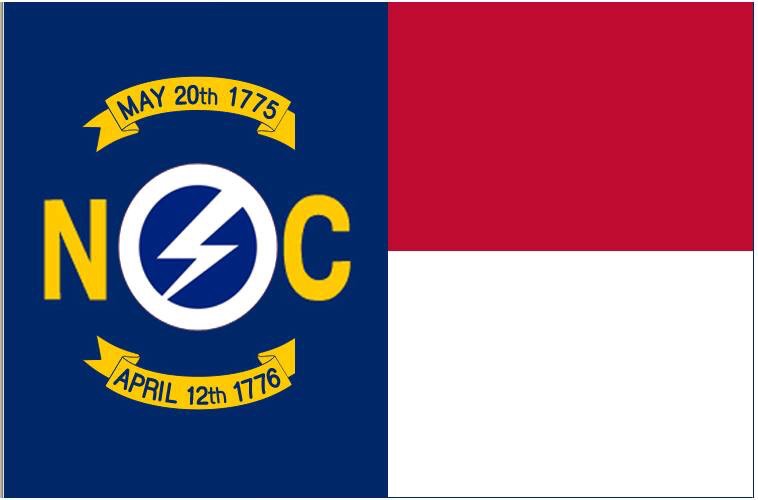 Political scientists, Andrew Reynolds (UNC) and Jorgen Elklit (Aarhus University, Denmark), have designed a method for evaluating the democratic quality of elections around the world. Based on their work in setting up elections in Afghanistan, Burma, Egypt, Lebanon, South Africa, Sudan and Yemen, their method has been adopted by the Electoral Integrity Project, who have used it to measure 213 elections in 153 countries.
Political scientists, Andrew Reynolds (UNC) and Jorgen Elklit (Aarhus University, Denmark), have designed a method for evaluating the democratic quality of elections around the world. Based on their work in setting up elections in Afghanistan, Burma, Egypt, Lebanon, South Africa, Sudan and Yemen, their method has been adopted by the Electoral Integrity Project, who have used it to measure 213 elections in 153 countries. 